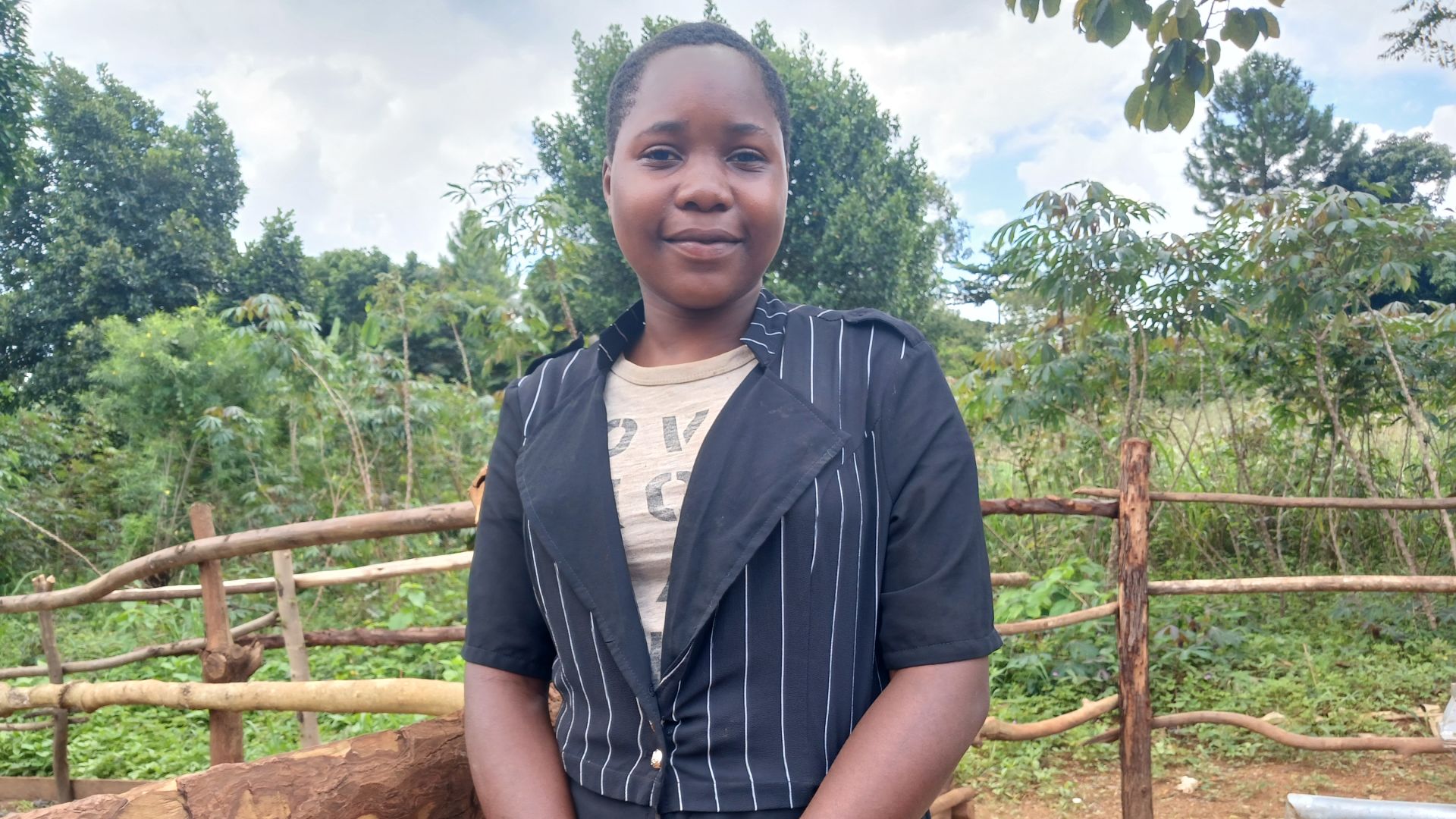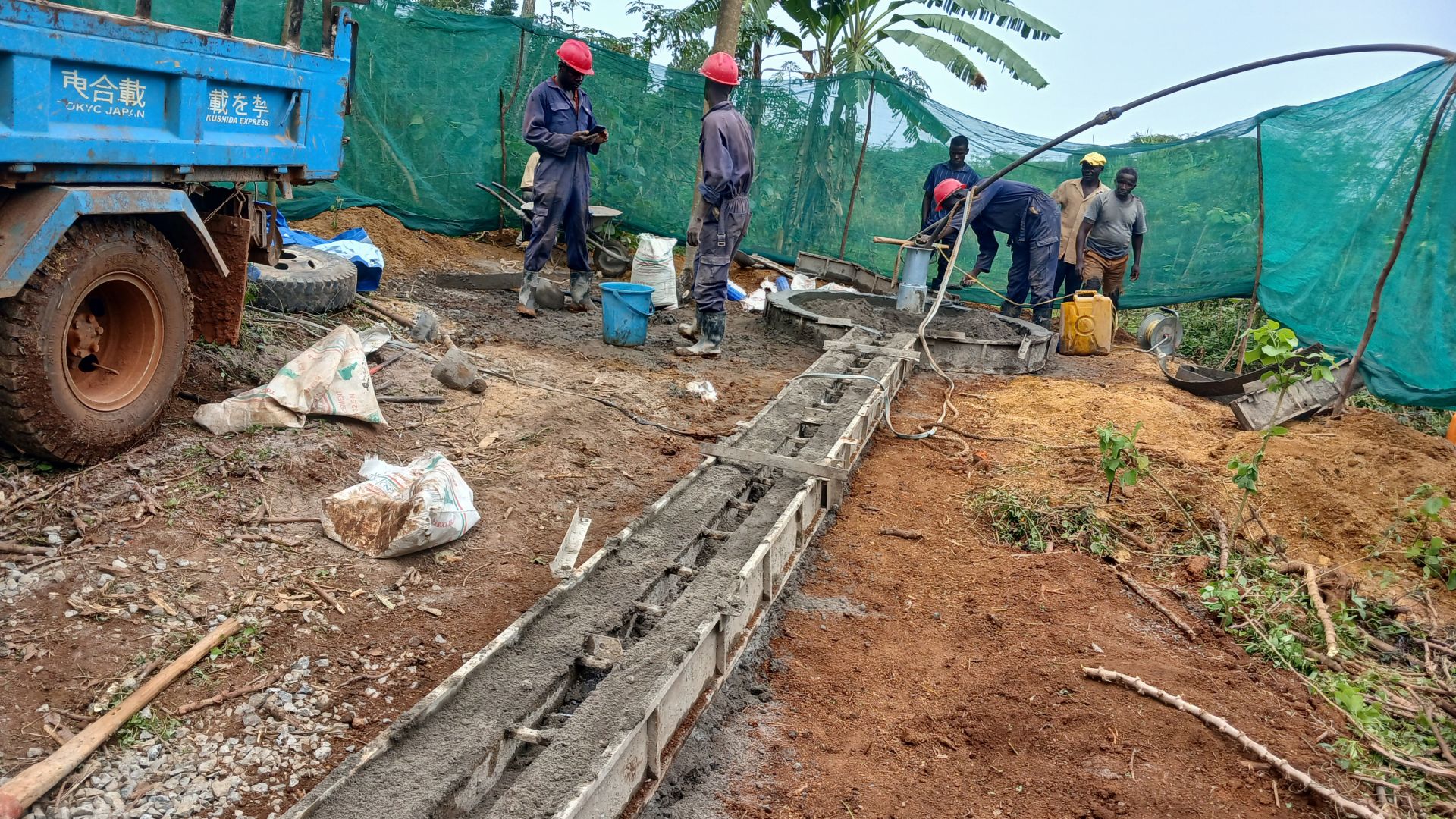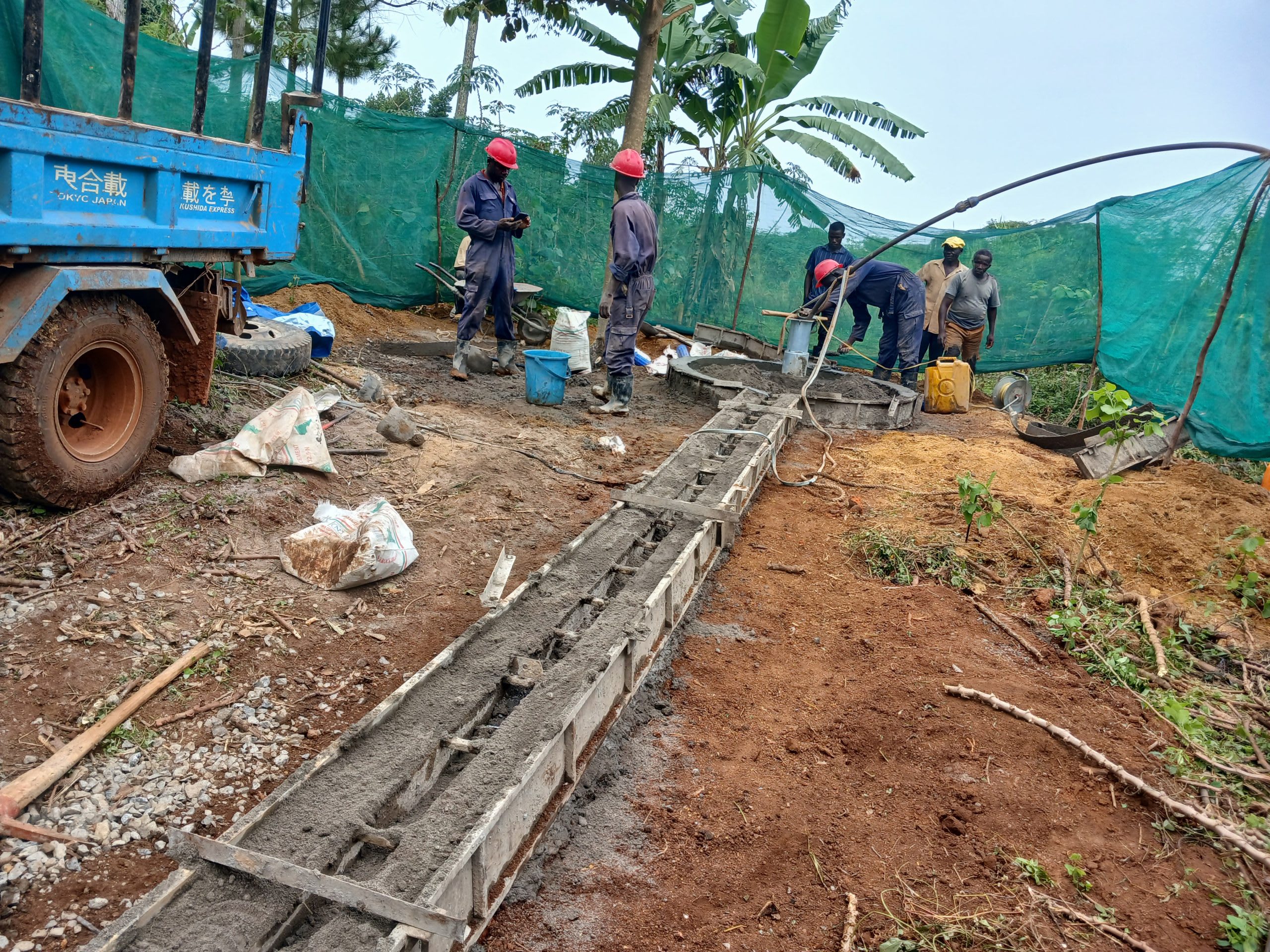The 350 people of the Kityedo Community struggle to access even meager amounts of water. They have two options, open scoop holes or a dilapidated, unprotected spring, but both offer dangerous water to consume and are difficult to access.

Field Officer Bena Nakabiri shared, "Their primary water source (the spring shown below) is not safe for drinking; both the primary and alternative water sources are distant in hard-to-reach areas; they have to go through the bush to access waterpoint. The quality of [water] is not [good] because water from their primary water source changes color, and the surrounding environment for the secondary water source is extremely dirty; water is collected in the water collection box of the spring well."

As Bena said, both the scoop hole and the spring are contaminated, and malaria and diarrhea cases have been reported. According to UNICEF:
"Children require more water (by weight) than adults, so their exposure to water-borne pathogens is much higher. Diarrhoeal diseases cause dehydration in children much faster than in adults. Children are more likely to develop severe infections and experience complications during recovery due to their small body size and their developing immune systems, which provide little natural immunity or resistance.”
"I cannot go to the waterpoint alone because it is not safe for children to travel there alone; when going to fetch water, I gather all my friends from other homes to move to the waterpoint; when I don't get anyone ready to go for water I chill and wait for the next day, I sometimes go to school without washing my uniforms and not bathing sometimes due to the water scarcity," shared 12-year-old Davis K, seen below.

Fear is the most common denominator regarding water collection in this community. 40-year-old Farmer Beatrice Nyamaizi shared her experience. "I fetch water from a scoop hole that is in the middle of the forest, which makes it unsafe; most of the time, going there, we need to gather in a group so that we are safe because of fear of chimpanzees from the bush and kidnappers."
Time spent worrying about how they will collect enough water safely just adds to the time taken from other essential life tasks. For many, neither water point is near their homes.
"The water point is far from my home, about 1.5 km (almost a mile) [away]; hence [I] have spent a lot of time [going] to and from it. When it rains, the water changes color and the running water carries feces in the water, contaminating it. Chimpanzees urinate and defecate in the water. It becomes hard to access water because sometimes I can be busy and cannot send kids there alone, making it hard. At times, I can even go without bathing and washing, hence affecting my hygiene," Beatrice, seen below, added.

"The water scarcity affects their hygiene because they sometimes fail to bathe and wash clothes because they can't collect enough water due to the distance and other factors. Sometimes cooking food also becomes hard hence affecting their productivity because no one can work hard on an empty stomach," concluded Bena.
The installation of the well will enable people like Davis and Beatrice to focus on important life tasks that will enhance their futures instead of fearing the unsafe journey to collect contaminated water.
The Proposed Solution, Determined Together...
At The Water Project, everyone has a part in conversations and solutions. We operate in transparency, believing it benefits everyone. We expect reliability from one another as well as our water solutions. Everyone involved makes this possible through hard work and dedication.
In a joint discovery process, community members determine their most advantageous water solution alongside our technical experts. Read more specifics about this solution on the What We're Building tab of this project page. Then, community members lend their support by collecting needed construction materials (sometimes for months ahead of time!), providing labor alongside our artisans, sheltering and feeding the builders, and supplying additional resources.
Water Access for Everyone
This water project is one piece in a large puzzle. In Kenya, Sierra Leone, and Uganda, we're working toward complete coverage of reliable, maintained water sources that guarantee public access now and in the future within a 30-minute round trip for each community, household, school, and health center. One day, we hope to report that this has been achieved!
Training on Health, Hygiene & More
With the community's input, we've identified topics where training will increase positive health outcomes at personal, household, and community levels. We'll coordinate with them to find the best training date. Some examples of what we train communities on are:
- Improved hygiene, health, and sanitation habits
- Safe water handling, storage & treatment
- Disease prevention and proper handwashing
- Income-generation
- Community leadership, governance, & election of a water committee
- Operation and maintenance of the water point
A Community-Wide Approach
In Uganda, we require that the community pledges to stop any open defecation practices before we install the water project — meaning that every household must construct and use a latrine. This will help prevent the spread of diseases and start them on a new path toward better hygiene and sanitation alongside their new water source.
To help with this, we assign a Community Development Officer (CDO) to each community, who encourages each household to install a handwashing facility, animal-keeping structures, a garbage pit, and a drying rack for dishes. Each of these homestead components prevent commonly spread diseases in their own way.
We implement something called a Community-Led Total Sanitation (CLTS) approach, which involves setting up multiple meetings during which community members assess their own hygiene and sanitation practices in hopes of creating long-term change. During these sessions, leaders naturally emerge and push the community to recognize current unhealthy behaviors that affect the entire community.

 Borehole Well and Hand Pump
Borehole Well and Hand Pump
 Rehabilitation Project
Rehabilitation Project























